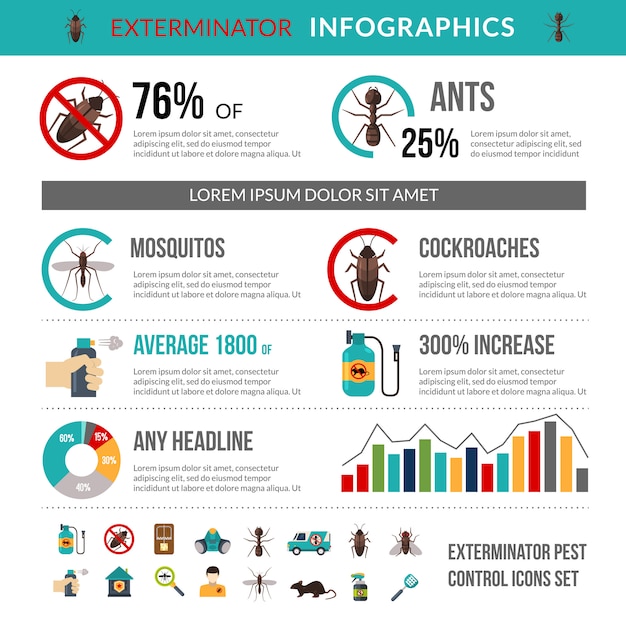Discover The Keys Of Rodent Behavior And Reinvent Your Insect Control Method! Get Specialist Understandings Now And Bid Farewell To Those Troublesome Pests Completely!
Discover The Keys Of Rodent Behavior And Reinvent Your Insect Control Method! Get Specialist Understandings Now And Bid Farewell To Those Troublesome Pests Completely!
Blog Article
Article By-Berg Levin
Visualize being able to prepare for the steps of your challengers in a video game of chess, constantly remaining one step in advance.
In the world of bug control, recognizing rodent behavior resembles having that tactical advantage. By acquiring professional understandings into the nesting routines, feeding patterns, and communication and social actions of rodents, you can properly deal with these pesky creatures.
However just how specifically do rodents behave, and why is it essential to know? In this discussion, we will certainly decipher the mysteries of rodent actions, giving you with useful knowledge that will certainly aid you stay ahead in the fight against parasites.
Are you all set to uncover the keys of these shrewd animals?
Nesting Behaviors
To comprehend rodent habits and properly control pests, it's important to get understanding into their nesting habits.
Rodents, such as computer mice and rats, have an all-natural reaction to locate sanctuary and develop nests where they really feel secure and protected. These nests serve as their homes, breeding grounds, and storage locations for food. Recognizing termite removal nesting practices can help you recognize potential areas of infestation and carry out targeted control procedures.
Rodents typically like nesting in dark, private rooms, such as attics, cellars, crawl spaces, and wall surface gaps. They utilize products like shredded paper, textile, insulation, and even chewed-up electric cords to build their nests.
Feeding Patterns
Rats display distinct feeding patterns that play a vital role in their habits and can inform effective parasite control techniques. Comprehending these patterns is crucial for implementing effective insect control steps.
Rats are opportunistic feeders, indicating they'll take in whatever food is easily offered. They've a preference for high-calorie foods such as grains, nuts, and seeds. This is why correct storage of food and waste administration are essential in stopping rodent problems.
In addition, rodents are nighttime, which implies they're most active throughout the evening when they look for food. By recognizing Get Source feeding patterns, you can strategically put traps and baits to maximize their effectiveness.
Maintaining food sources hard to reach and keeping a clean setting can aid discourage rodents and lessen the risk of problem.
Communication and Social Habits
Understanding just how rats connect and connect socially is vital for efficient parasite control techniques. Rats, like computer mice and rats, have complicated interaction systems that they make use of to communicate details to each various other and coordinate their activities. Below are three essential elements of rodent communication and social actions:
1. you could look here : Rats create a variety of singing noises, including squeaks, chirps, and babbling, to connect with each other. These articulations can convey numerous messages, such as danger warnings or mating calls.
2. Scent noting: Rats utilize scent glands to leave chemical signals on objects and in their atmosphere. These scent marks serve as territorial limits and connect details about reproductive status, dominance, and social affiliation.
3. Social hierarchy: Rodents have an ordered social structure, with leading people having accessibility to sources and liked nesting websites. Comprehending this pecking order is necessary for targeting insect control efforts and determining key people for elimination.
Verdict
So, there you have it - a brief look right into the fascinating world of rodent habits. By recognizing their nesting habits, feeding patterns, and interaction, we can much better take on the concern of bug control.
Did you recognize that a women mouse can produce as much as 10 trashes each year, with each litter including around 5-6 dogs? This astonishing figure highlights the significance of prompt and effective bug administration to stop rodent populations from spiraling out of hand.
